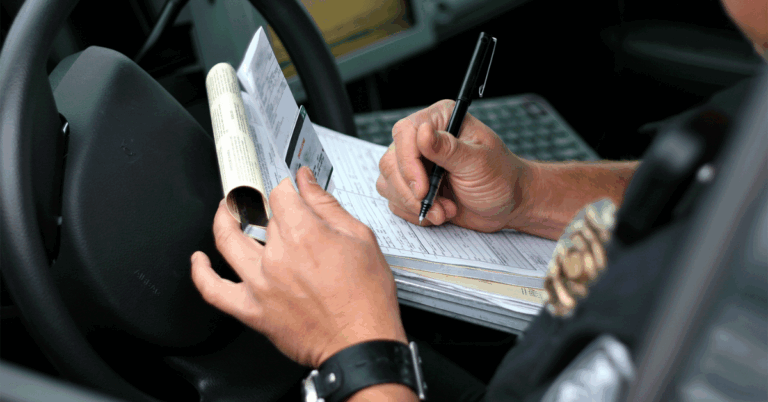
A man has been arrested after trying to buy nearly $300,000 worth of gold using a stolen identity at a store in Lincoln. The incident has raised significant concerns about identity theft and the risks involved in high-value transactions. Authorities say this case highlights how criminals are increasingly leveraging stolen information to commit large-scale fraud.
Identity theft is a growing problem worldwide, affecting millions every year. Cases like this show how important it is to verify identities and be cautious with personal information. According to the Federal Trade Commission (FTC), identity theft reports have surged in recent years, emphasizing the need for vigilance.
What Happened at the Lincoln Gold Shop?
The incident took place when a man tried to purchase gold worth close to $300,000 from a well-known store in Lincoln. Store employees became suspicious when the buyer’s identification did not seem to match his appearance and asked for further verification. Upon investigation, they found that the identity details were stolen, leading to police involvement.
Law enforcement officials quickly intervened, and the man was taken into custody. This case is now under investigation, with authorities checking if the suspect has been involved in other similar frauds. The Lincoln Police Department is working closely with federal agencies to trace the source of the stolen identity. For more details on how authorities handle such cases, visit the FBI Identity Theft page.
The Rise of Identity Theft in High-Value Purchases
High-value items like gold are increasingly targeted by criminals using stolen identities. Gold has a high resale value and is easy to transport, making it attractive for fraudsters who commit identity theft. The U.S. Secret Service reports a rise in financial crimes involving stolen identities, especially in precious metal transactions. You can learn more about financial crimes from the Secret Service Financial Crimes section.
This case is a stark reminder for businesses to implement stringent identity verification methods for large purchases. Digital technologies, such as biometric identification and real-time background checks, are becoming essential to prevent fraud. Customers are also advised to protect their personal information and report any suspicious activity immediately.
How to Protect Yourself from Identity Theft
Identity theft can happen to anyone, but there are simple steps you can take to reduce your risk. Always keep your personal documents secure and avoid sharing sensitive information online or on the phone unless you are certain of who you are speaking to. The Federal Trade Commission provides helpful tips on protecting yourself from identity theft, which you can read on their Identity Theft protection page.
Regularly monitoring your bank statements, credit reports, and any large purchases can alert you to unauthorized activities early. Use strong passwords for your online accounts and change them regularly. If you suspect your identity has been stolen, contact local law enforcement and the credit bureaus immediately.
Conclusion
The recent attempt to buy gold worth nearly $300,000 using a stolen identity in Lincoln serves as an important reminder to stay vigilant. Identity theft is a serious crime with far-reaching consequences for victims and businesses alike. By understanding how fraudsters operate and following recommended security practices, everyone can help prevent identity theft and protect their financial well-being.
Businesses must also continue improving their security measures to detect fraudulent transactions early. Together, informed customers and responsible companies can reduce the risk of such crimes in the future.









